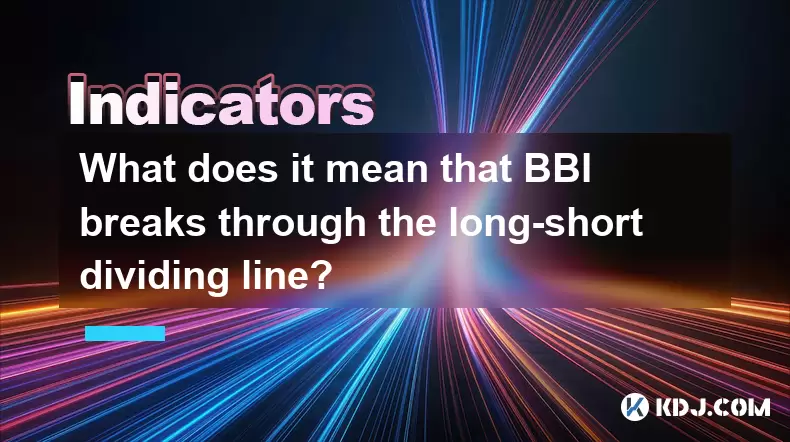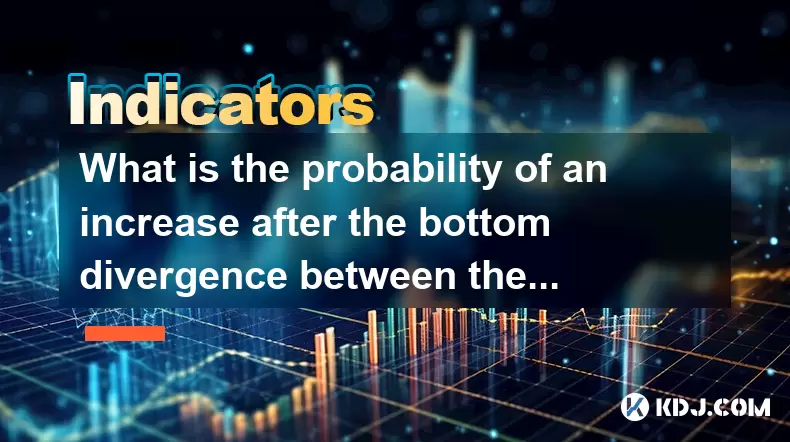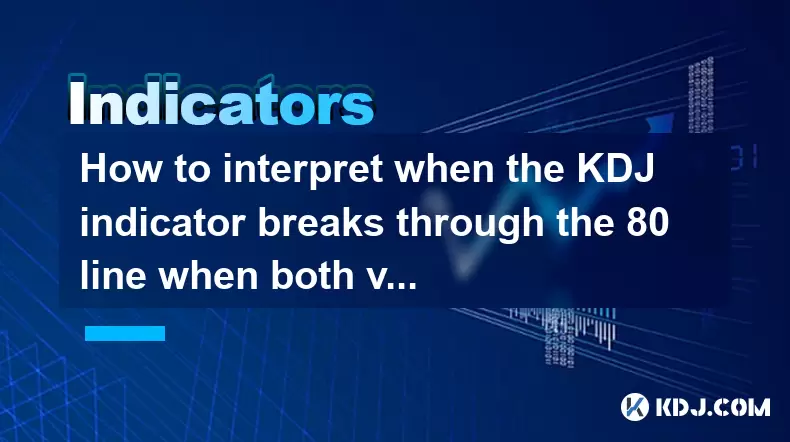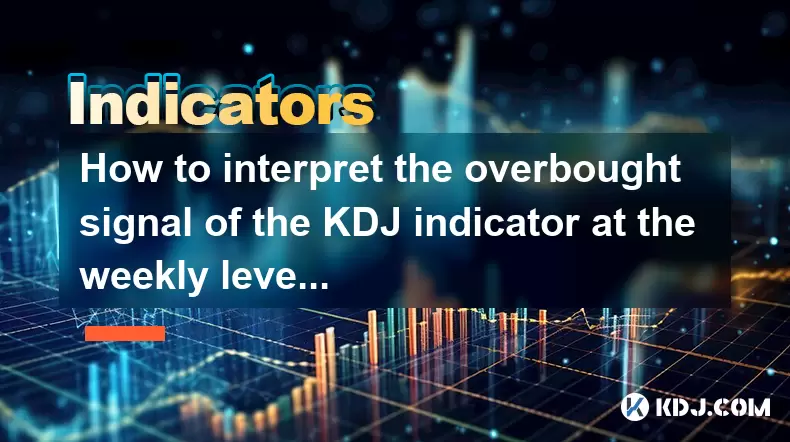-
 Bitcoin
Bitcoin $115100
-2.99% -
 Ethereum
Ethereum $3642
-1.38% -
 XRP
XRP $3.027
-5.51% -
 Tether USDt
Tether USDt $1.000
-0.05% -
 BNB
BNB $763.4
-1.32% -
 Solana
Solana $177.2
-5.42% -
 USDC
USDC $0.9999
-0.02% -
 Dogecoin
Dogecoin $0.2247
-6.47% -
 TRON
TRON $0.3135
0.23% -
 Cardano
Cardano $0.7824
-4.46% -
 Hyperliquid
Hyperliquid $42.53
-0.97% -
 Stellar
Stellar $0.4096
-6.09% -
 Sui
Sui $3.662
-2.61% -
 Chainlink
Chainlink $17.63
-3.57% -
 Bitcoin Cash
Bitcoin Cash $536.3
2.94% -
 Hedera
Hedera $0.2450
0.34% -
 Avalanche
Avalanche $23.23
-3.15% -
 Litecoin
Litecoin $112.2
-1.23% -
 UNUS SED LEO
UNUS SED LEO $8.976
-0.30% -
 Shiba Inu
Shiba Inu $0.00001341
-2.72% -
 Toncoin
Toncoin $3.101
-2.44% -
 Ethena USDe
Ethena USDe $1.001
-0.05% -
 Uniswap
Uniswap $10.08
-1.97% -
 Polkadot
Polkadot $3.938
-2.77% -
 Monero
Monero $323.9
0.87% -
 Dai
Dai $0.9999
-0.02% -
 Bitget Token
Bitget Token $4.481
-1.69% -
 Pepe
Pepe $0.00001199
-5.94% -
 Aave
Aave $288.2
-0.68% -
 Cronos
Cronos $0.1279
0.36%
What does it mean that BBI breaks through the long-short dividing line?
The BBI, or Bullish Bearish Index, combines multiple moving averages to smooth price volatility and identify trend direction in crypto markets.
Jul 24, 2025 at 09:42 pm

Understanding the BBI Indicator in Cryptocurrency Trading
The BBI, or Bullish Bearish Index, is a technical analysis tool widely used in cryptocurrency trading to assess market sentiment and identify potential trend reversals. Unlike traditional moving averages, the BBI calculates the average of multiple moving averages, typically combining short-term, medium-term, and long-term periods—such as 3-day, 6-day, 12-day, and 24-day moving averages. This blended approach helps smooth out price volatility and provides a clearer picture of the overall market direction. Traders rely on the BBI to filter out noise and gain insight into whether the market is leaning bullish or bearish over a broader timeframe. When analyzing price charts, the BBI line appears as a single dynamic average that reacts slower than shorter moving averages but faster than long-term ones.
Defining the Long-Short Dividing Line
The long-short dividing line refers to a critical price level or indicator threshold that separates bullish (long) sentiment from bearish (short) sentiment in the market. In the context of the BBI, this line is often represented by the current market price in relation to the BBI value. When the price is above the BBI, it suggests that the market is in a bullish phase, indicating that long positions may be favored. Conversely, when the price is below the BBI, the market is considered bearish, favoring short positions. The dividing line is not a fixed number but a dynamic benchmark that adjusts with market movements. Its significance lies in its ability to signal shifts in momentum and investor psychology, especially during periods of high volatility common in cryptocurrency markets.
What Happens When BBI Breaks the Dividing Line?
A breakthrough of the long-short dividing line by the BBI occurs when the BBI line itself crosses above or below the current market price, or when the price decisively moves past the BBI in a sustained manner. This event is interpreted as a potential trend reversal signal. For example, if the price has been trading below the BBI (bearish zone) and then closes above the BBI for multiple consecutive periods, this is seen as a breakout to the upside, suggesting that bullish momentum is gaining strength. Similarly, a drop below the BBI after a prolonged period above it may indicate the start of a bearish trend. The key factor is confirmation—a single candle crossing the BBI is not enough; traders look for closing prices that remain on the other side for several periods to validate the breakout.
How to Confirm a Valid BBI Breakthrough
To avoid false signals, traders use several methods to confirm whether a BBI breakthrough is genuine:
- Volume analysis: A breakout accompanied by significantly higher trading volume adds credibility to the signal. Low-volume breakouts are more likely to fail.
- Candlestick patterns: Look for bullish reversal patterns like hammer, engulfing, or morning star when the price breaks above the BBI.
- Timeframe correlation: Check the same BBI signal on higher timeframes (e.g., 4-hour or daily charts) to see if the trend aligns.
- Support and resistance levels: A breakout near a key resistance level that was previously unbroken carries more weight.
- Multiple period confirmation: Wait for at least three consecutive closes beyond the BBI line before acting.
Using these filters reduces the risk of entering a trade based on a temporary price spike or market manipulation, which is particularly important in low-cap or illiquid cryptocurrencies.
Practical Steps to Trade a BBI Breakthrough
Executing a trade based on a BBI breakthrough requires a structured approach: - Set up your charting platform with the BBI indicator. On most platforms like TradingView, you can add a custom indicator or script for BBI if it’s not available by default.
- Apply the BBI formula: (MA3 + MA6 + MA12 + MA24) / 4. Ensure all moving averages are based on closing prices.
- Identify the current position of the price relative to the BBI line. Is it above, below, or crossing?
- Wait for a confirmed breakout—three consecutive candles closing beyond the BBI with rising volume.
- Place a buy order (for bullish breakout) slightly above the breakout candle’s high to avoid missing the move.
- Set a stop-loss just below the recent swing low or below the BBI line to limit downside risk.
- Define a take-profit level using Fibonacci extensions, previous resistance zones, or a risk-reward ratio of at least 1:2.
- Monitor for divergence between price and BBI—if price makes a new high but BBI fails to follow, it may signal weakening momentum.
This strategy works best in trending markets and should be avoided during sideways or choppy conditions where BBI generates frequent false signals.
Common Misinterpretations of BBI Signals
Many traders misread BBI breakthroughs due to oversimplification. One common error is treating every cross between price and BBI as a trading signal, which leads to overtrading. Another mistake is ignoring the broader market context—a BBI breakout in a minor altcoin may not hold if Bitcoin is in a strong downtrend. Some confuse the BBI with the Moving Average Convergence Divergence (MACD) or simple moving averages, not realizing that BBI’s multi-period average makes it less reactive but more reliable in filtering noise. Additionally, traders may fail to adjust BBI settings for different cryptocurrencies—highly volatile coins might benefit from longer periods (e.g., 6, 12, 24, 48), while stable ones can use shorter ones.Frequently Asked Questions
Q: Can the BBI be used on all cryptocurrency timeframes?
Yes, the BBI can be applied to any timeframe, from 1-minute scalping charts to weekly investment views. However, signals on lower timeframes (below 1-hour) are more prone to whipsaws. For reliable results, use 4-hour or daily charts for trend identification and switch to lower timeframes only for entry refinement.Q: What are the default BBI settings, and should I change them?
The standard BBI uses 3, 6, 12, and 24-period moving averages. These are optimized for daily trading. If you're analyzing highly volatile assets like meme coins, consider extending to 6, 12, 24, 48 to reduce noise. Conservative traders may prefer 5, 10, 20, 40 for smoother readings.Q: How does BBI differ from a simple moving average crossover strategy?
The BBI combines multiple moving averages into one line, offering a more balanced view of market sentiment. A simple crossover (e.g., 50-day vs. 200-day MA) reacts to two data points, while BBI integrates four or more, reducing false signals and providing a clearer long-term trend filter.Q: Is BBI effective in ranging markets?
In sideways or consolidating markets, the BBI tends to generate frequent false breakouts as price oscillates around the line. It performs best in strong trending environments. To improve accuracy, combine BBI with range-bound indicators like Bollinger Bands or RSI to detect overbought/oversold conditions before acting on a breakout.
Disclaimer:info@kdj.com
The information provided is not trading advice. kdj.com does not assume any responsibility for any investments made based on the information provided in this article. Cryptocurrencies are highly volatile and it is highly recommended that you invest with caution after thorough research!
If you believe that the content used on this website infringes your copyright, please contact us immediately (info@kdj.com) and we will delete it promptly.
- Kaspa's Strongest Month REVEALED: New Data Shocks KAS Traders!
- 2025-07-26 04:30:12
- Crypto Losses: From ZIRP to Zero - How I Lost a Million Dollars (and What You Can Learn)
- 2025-07-26 04:30:12
- BONK's Wild Ride: Selling Pressure and Market Dip - A New Yorker's Take
- 2025-07-26 03:30:12
- Pepeto Presale Heats Up: Demo Trading and Meme Coin Mania!
- 2025-07-26 02:50:11
- WeWake, Nexchain AI, and the Crypto Presale Frenzy: What You Need to Know
- 2025-07-26 02:50:11
- Scottie Pippen's XRP Moonshot: A Slam Dunk or an Air Ball?
- 2025-07-26 03:30:12
Related knowledge

What does it mean when the price breaks through the 30-day moving average and is accompanied by a large volume?
Jul 26,2025 at 03:35am
Understanding the 30-Day Moving Average in Cryptocurrency TradingThe 30-day moving average (MA) is a widely used technical indicator in the cryptocurr...

What does it mean when the MACD bar turns from negative to positive?
Jul 26,2025 at 05:01am
Understanding the MACD Indicator in Cryptocurrency TradingThe Moving Average Convergence Divergence (MACD) is a widely used technical analysis tool in...

Does the golden cross of the KDJ three lines at the annual line level indicate a turning point in the big cycle?
Jul 26,2025 at 01:35am
Understanding the KDJ Indicator in Cryptocurrency TradingThe KDJ indicator is a momentum oscillator widely used in technical analysis, especially with...

What is the probability of an increase after the bottom divergence between the KDJ indicator and the trading volume?
Jul 26,2025 at 01:29am
Understanding KDJ Indicator and Its Role in Technical AnalysisThe KDJ indicator is a momentum oscillator widely used in cryptocurrency trading to iden...

How to interpret when the KDJ indicator breaks through the 80 line when both volume and price rise?
Jul 26,2025 at 12:47am
Understanding the KDJ Indicator and Its ComponentsThe KDJ indicator is a momentum oscillator widely used in technical analysis within the cryptocurren...

How to interpret the overbought signal of the KDJ indicator at the weekly level?
Jul 26,2025 at 04:09am
Understanding the KDJ Indicator at the Weekly LevelThe KDJ indicator is a momentum oscillator widely used in technical analysis to identify potential ...

What does it mean when the price breaks through the 30-day moving average and is accompanied by a large volume?
Jul 26,2025 at 03:35am
Understanding the 30-Day Moving Average in Cryptocurrency TradingThe 30-day moving average (MA) is a widely used technical indicator in the cryptocurr...

What does it mean when the MACD bar turns from negative to positive?
Jul 26,2025 at 05:01am
Understanding the MACD Indicator in Cryptocurrency TradingThe Moving Average Convergence Divergence (MACD) is a widely used technical analysis tool in...

Does the golden cross of the KDJ three lines at the annual line level indicate a turning point in the big cycle?
Jul 26,2025 at 01:35am
Understanding the KDJ Indicator in Cryptocurrency TradingThe KDJ indicator is a momentum oscillator widely used in technical analysis, especially with...

What is the probability of an increase after the bottom divergence between the KDJ indicator and the trading volume?
Jul 26,2025 at 01:29am
Understanding KDJ Indicator and Its Role in Technical AnalysisThe KDJ indicator is a momentum oscillator widely used in cryptocurrency trading to iden...

How to interpret when the KDJ indicator breaks through the 80 line when both volume and price rise?
Jul 26,2025 at 12:47am
Understanding the KDJ Indicator and Its ComponentsThe KDJ indicator is a momentum oscillator widely used in technical analysis within the cryptocurren...

How to interpret the overbought signal of the KDJ indicator at the weekly level?
Jul 26,2025 at 04:09am
Understanding the KDJ Indicator at the Weekly LevelThe KDJ indicator is a momentum oscillator widely used in technical analysis to identify potential ...
See all articles

























































































